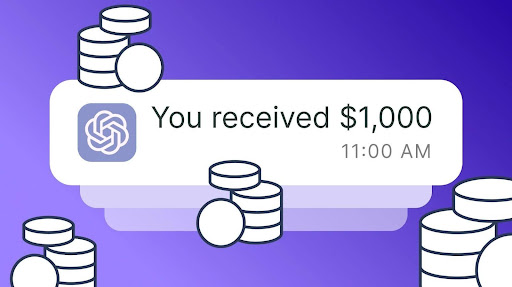Introduction
I never imagined I’d make $9,800 a month as a web developer, especially without a college degree. It all began with a curiosity about coding by just seeing a friend code, which later turned into a full-time career through hard work and smart decisions later in life.
I’m sharing the six strategies that helped me reach this income level as a self-taught developer. These methods are simple, practical and can work for anyone willing to put in the effort in learning web developement.
Why Self-Taught Web Development Pays Well?
Web development is a high-demand field in the world, with the average U.S. web developer earning about $94,638 annually or about $7,886 monthly. Even in major African countries many civil servants don’t earn that much. Self-taught developers can earn even more by focusing on high-value strategies.
A 22-year-old in Austria made $15,000 monthly with web development by just creating ecommerce websites for clients and this was without a degree. Here clients only care about your skills and the results you give, not degrees or certifications.
Research also shows that specialization, freelancing and diverse income streams are key to reaching $9,800 monthly. These strategies are a mixture of both active work with scalable efforts for maximum impact.
Focusing on a Profitable Niche

First, I tried building all kinds of websites but not really converted and I was earning very little. I decided to focus on e-commerce websites because i saw alot of people making money from dropping and it was trending at the time.So, I learned how to create stores using platforms like Shopify and WooCommerce that boosted sales or improved shopping experiences.
This focus allowed me to charge $75 to $100 per hour because I offered specialized skills. I built a Shopify store for a small retailer that increased their sales by 25%. This earned me a big fee and more clients through referrals.
Specializing in e-commerce changed my life and everything around me. Clients valued my expertise and I delivered results that general developers couldn’t. This niche is in high demand as more businesses move online. It also made learning easier since I focused on specific tools. Choosing a profitable niche like e-commerce was my first step toward earning $9,800 a month.
Showcasing My Work Online
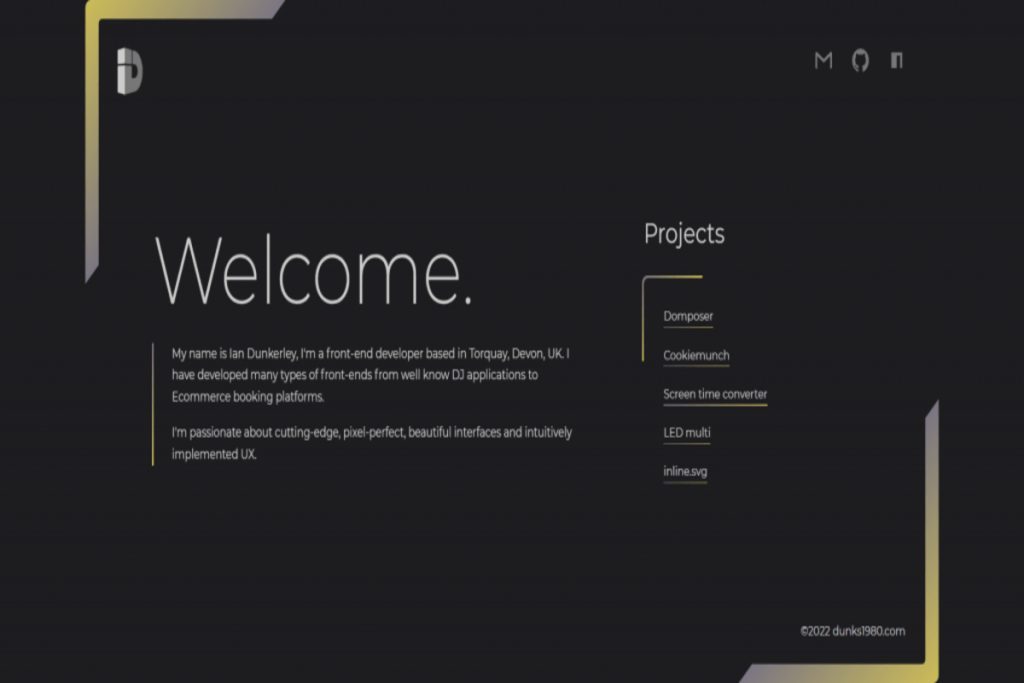
My portfolio is my most powerful tool for attracting high-paying clients. When I started, I built websites for friends and local businesses for free or at a low cost to showcase my skills.
Each project in my portfolio highlights the problem I solved and the results, like speeding up a client’s site by 40%. Over time, I added bigger projects, such as a WooCommerce store for a startup. A strong portfolio proves to clients that I’m worth their investment.
I host my portfolio on my own website, keeping it simple and professional. I include client reviews, like one saying my redesign doubled their leads, which grabs attention from larger companies. Regular updates keep my portfolio fresh. It’s not just about showing code but it’s about proving I can help businesses grow. This approach has brought in about $3,000 a month in projects.
Check Out: How to Use LinkedIn to Land $5,000+ Remote Gigs Without Sending Cold Pitches
Freelancing the Smart Way
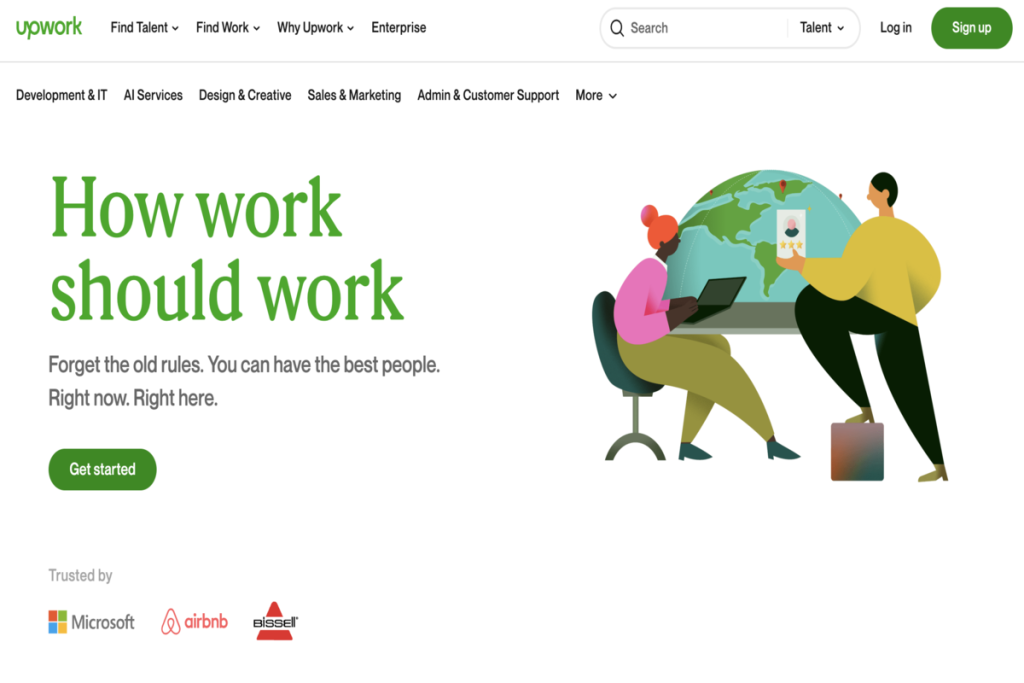
Freelancing gave me the freedom to choose projects and also at the comfort of my home. I started on Upwork and Fiverr but later moved to Toptal, where clients pay more for quality work. I also reached out to businesses directly through LinkedIn using networking like connecting with high profile people and targeting those needing e-commerce sites but lacking developers. This led to big projects, like a $5,000 website for a retail chain. Freelancing smartly means focusing on high-value work that matches your skills.
I set clear rates like $75 per hour minimum and stick to them. This avoiding low-paying jobs and I spread my clients across platforms to keep work steady. A certain LinkedIn outreach landed me a $4,000 project and this approach brings me about $4,000 a month. It’s all about working smarter and not harder.
Adding Extra Services
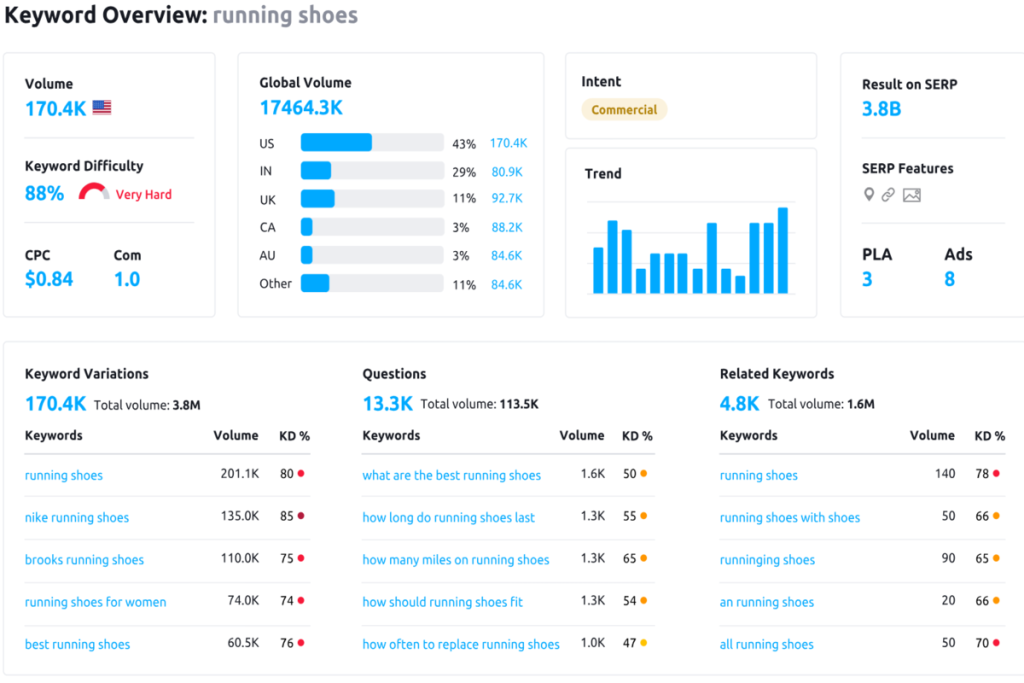
I didn’t just build websites but I offered extras like SEO, site maintenance and marketing tips. Clients appreciated having one person handle everything and this created steady income for me. I charge $200 a month for maintenance and with 10 clients that’s roughly $2,000 monthly. These services made me more valuable and kept my work interesting and varied.
SEO was especially impactful because It helped my clients rank on Google’s first page increasing their traffic by 50%. This brought more referrals and allowed me to charge higher fees. Adding these services turned one-time projects into long-term partnerships. They now contribute about $2,500 a month to my income.
Teaching Online Courses
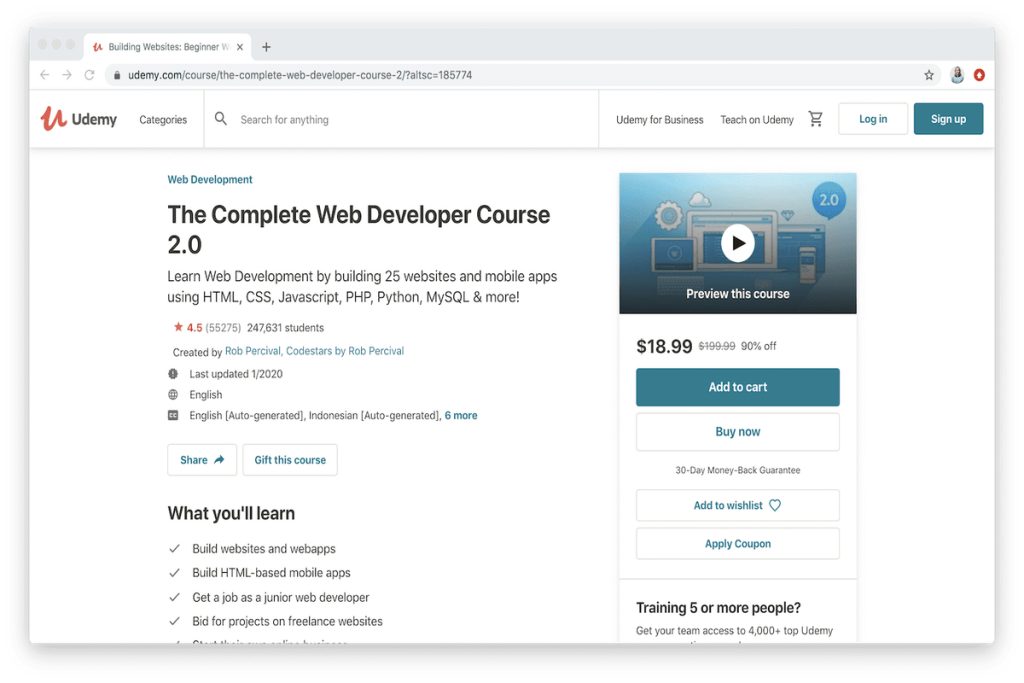
As my skills improved, I started teaching others through online courses. I created a course on building Shopify stores and sold it on Udemy and Teachable for $50 each. It took time to make but now it earns $1,500 a month with little effort. Teaching also made me look like an expert and this brought in more clients. The course includes tips on improving store conversions which many of students find very helpful even up till today.
Creating courses sharpened my own skills and made me learn how to explain complex ideas simply, which also improved my client work. This passive income stream lets me share knowledge while earning. It’s also led to speaking gigs at online events and teaching is a win-win for both income and reputation.
Building Connections for Referrals
Connecting with others has been a big part of my success. I joined tech meetups and online groups like Reddit’s r/webdev, where I met developers and business owners. These connections led to referrals and also a $7,000 project from a colleague’s recommendation. A good reputation helps clients trust me to charge higher rates. Staying active in these groups keeps the referrals coming.
I also follow up with past clients to stay in touch. A quick email often leads to more work or new introductions. A client from two years ago referred me to a $10,000 project. Building connections is about trust and not just deals. This approach brings in about $2,000 a month.
FAQs About Being A Self Taught Web Developer
How did you start web development without a degree?
I learned HTML and CSS from free online tutorials and practiced with small projects. Then I studied JavaScript and React to build more complex sites. A portfolio of real work helped me get my first clients.
Why did you choose e-commerce as your niche?
E-commerce is in high demand because businesses want to sell online. I like solving problems that boost sales, and platforms like Shopify let me offer specialized skills. It’s a profitable area with lots of opportunities.
How do you find clients who pay well?
I use Toptal for high-paying freelance work and reach out on LinkedIn to businesses needing e-commerce sites. Referrals from my network also bring in big projects. A strong portfolio helps convince clients to pay more.
What extra services do you offer?
I provide SEO, site maintenance, and marketing advice. These services bring in steady income and make me more valuable to clients. They also lead to longer client relationships.
How long did it take to earn $9,800 a month?
It took about two years of steady work and learning. I started small, built my skills, and grew my client base over time. Consistency was key.
Are online courses worth creating?
Yes, they’re a great way to earn passive income and show your expertise. A course can keep earning with little effort after it’s made. It also helps you learn by teaching others.
Final Thoughts
Making $9,800 a month as a self-taught web developer wasn’t easy but it’s been worth every effort. By focusing on e-commerce, showcasing my work, freelancing smartly, offering extra services, teaching online and building connections, I’ve built a career that I love alot. You can do the same just s=start small, keep learning and stay persistent. The opportunities in web development are endless if you’re willing to put in the work.
Don’t Miss: The ‘3-Step Upwork Domination Plan’ That’s Helping Freelancers Win $2,000 Contracts Fast






